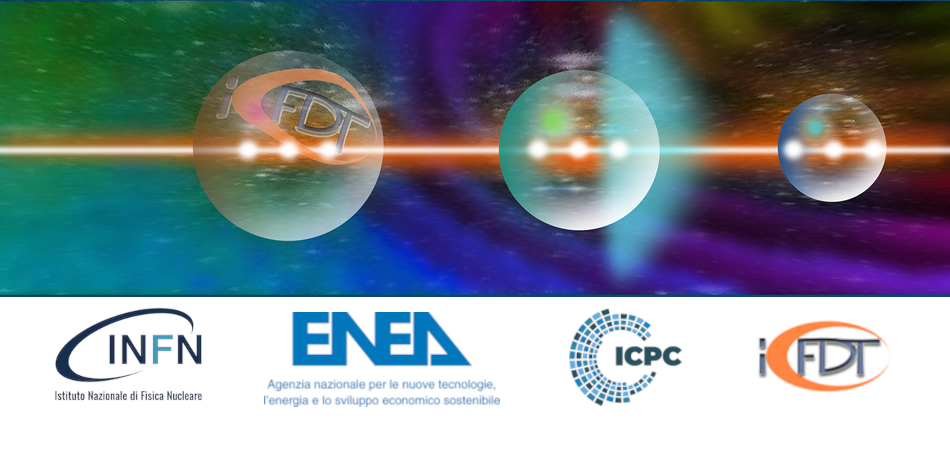Speaker
Description
The Southern European Thomson Back-Scattering (TBS) source for Applied Research (STAR) is a cutting-edge high-energy photon facility situated on the campus of the University of Calabria (UniCal). Recognized as a national Research Infrastructure within the Italian Research Infrastructure Plan (PNIR) 2021-2027, STAR represents a significant milestone in integrating large-scale scientific facilities within a university setting.
The STAR infrastructure is equipped with two advanced beamlines:
• Low Energy (LE) Line: Capable of operating at a maximum energy of 65 MeV, this line powers an Inverse Compton Scattering (ICS) source that generates photons with energies up to 70 keV.
• High Energy (HE) Line: Operating up to 150 MeV, this line drives an ICS source capable of producing photons with energies up to 350 keV.
Completed in December 2023, the installation of STAR involved over a decade of meticulous planning, funding acquisition, design, development, and realization. This presentation will delve into the comprehensive journey of STAR, from its initial proposal to its current operational status, highlighting the collaborative efforts that brought this vision to fruition.
The STAR infrastructure includes state-of-the-art experimental stations and service laboratories, facilitating a wide array of research and diagnostic applications:
• X-ray Source and Beamlines: Featuring components such as lasers, electronics and control systems, radiofrequency systems, and advanced data storage and processing units.
• Service Laboratories: Including the Biological Sample Preparation Lab, Material Preparation Lab, Material Characterization Lab, Physical Prototyping Lab, Advanced Spectroscopy and Microscopy Lab, and the Modeling Simulation and Visualization Lab.
The integration of STAR within a university environment underscores a significant shift in how large-scale research infrastructures can coexist and thrive within academic settings traditionally focused on distributed research efforts. This talk will explore the transformative impact of STAR on UniCal, providing insights into the unique challenges and opportunities encountered in bridging the gap between large-scale project execution and university-led research.
By presenting the capabilities and future potential of STAR’s experimental stations, this communication aims to illustrate how advanced ICS X-ray sources can upgrade and empower diagnostic technologies, paving the way for groundbreaking research and applications across various scientific domains.

